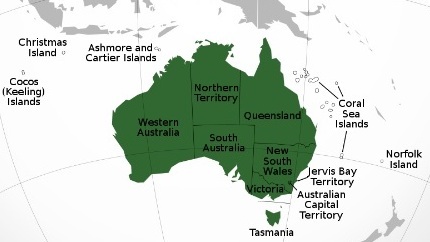
Reserve Bank of Australia: investors need to ‘substantially’ boost net zero spending
Net zero-related investments in Australia will need to be “substantially” boosted if the country wants to get anywhere near its climate goals, according to a senior central bank official.
Investors should particularly speed up financing for sustainable projects in order to decarbonize Australia’s economy, the Reserve Bank of Australia representative said.
Carl Schwartz, the RBA’s acting head of domestic markets, stated that “Australian financial markets have taken some steps to help facilitate flows of capital to sustainable investment, although the financing task ahead looms large.”
He singled out the green bond space in Australia, which grew to A$10 in the first half of 2023, exceeding last year’s record of A$10 billion over the entire year.
“This reflects a solid interest from investors," Schwartz said.
While this market has gradually grown since its inception in 2014, it remains a modest share of the overall bond space in Australia, he pointed out during a speech in Sydney on the role of financial market players with regards to climate change issues.
Schwartz went on to call green loans "another attractive prospect” for assisting the transition to net zero, highlighting that volumes in the green securitization market increased last year to a record A$1.4 billion.
However, Australia’s “addiction to coal and fossil fuels” has turned the country into one of the largest emitters per capita in any developed market, he continued.
Schwartz therefore stressed that “improving data and transparency around climate risks and sustainability will support efforts in financial markets to align investment with climate goals for the net zero path ahead.”
He concluded by saying that “we continue to increase our understanding of the implications of climate change for the Australian economy and financial system, via internal analysis and external engagement.”
Also read
COP28: host UAE will not discuss ‘sensitive’ fossil fuel burning




